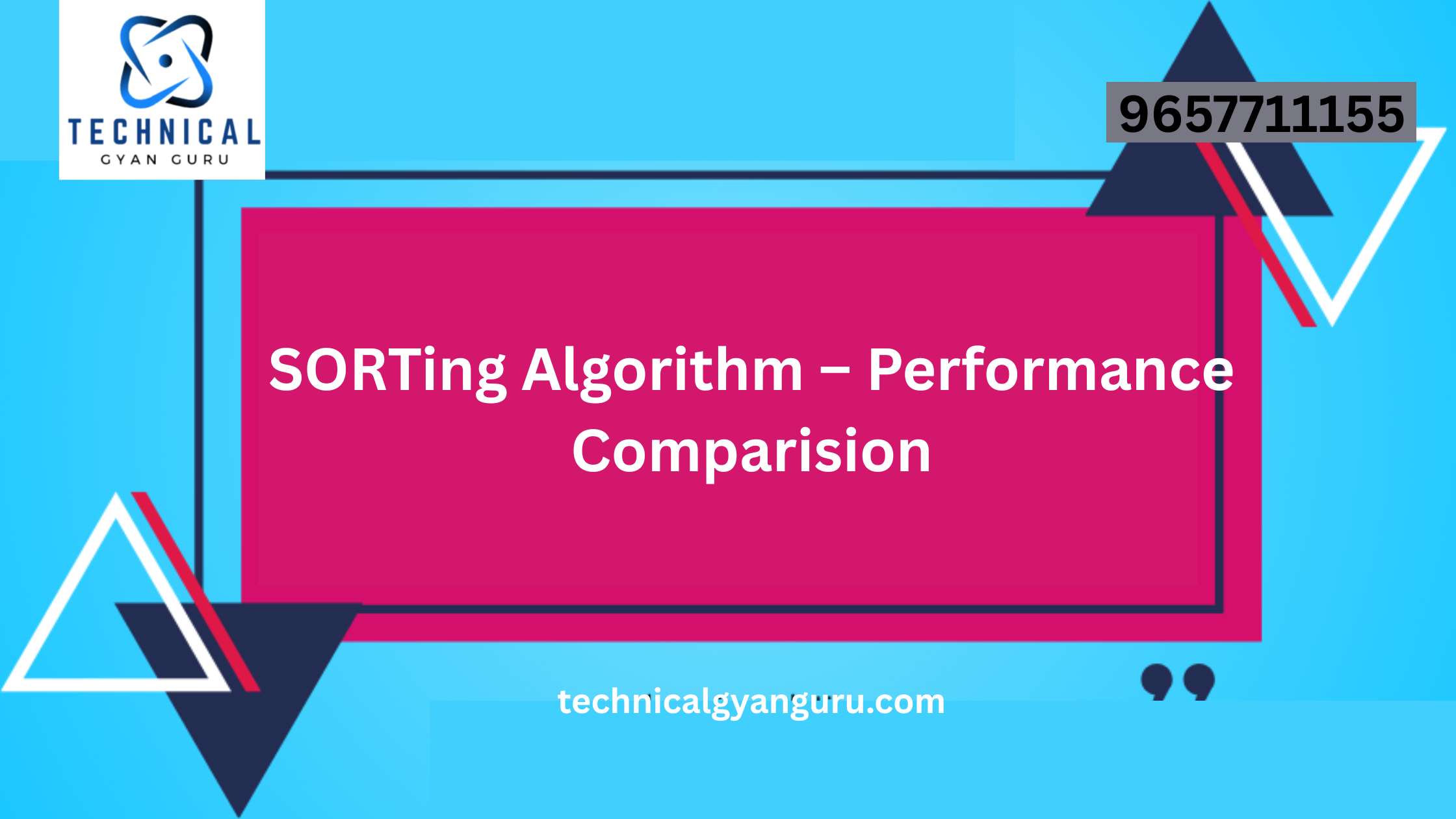
SAP HANA Architecture: In the realm of modern enterprise technology, SAP HANA has emerged as a force to be reckoned with, revolutionizing data processing, analytics, and decision-making. To truly harness the power of SAP HANA, one must delve deep into its architecture, understand its landscape, and master the art of sizing for optimal performance. This comprehensive tutorial aims to demystify these critical aspects, providing you with a solid foundation to navigate the intricacies of SAP HANA deployment.
Understanding SAP HANA Architecture
At its core, SAP HANA is an in-memory, columnar-based relational database management system. Its architecture is meticulously designed to leverage the benefits of in-memory computing, resulting in lightning-fast data processing and analysis. Let’s break down the key components of the SAP HANA architecture:
- In-Memory Computing Engine: This engine is the heartbeat of SAP HANA. It stores and processes data in-memory, eliminating the need for data transfers between storage and memory. This approach drastically accelerates data access and query execution.
- SQL and Calculation Engines: These engines handle SQL queries, calculations, and analytics. The calculation engine supports advanced operations like predictive analytics and complex data transformations.
- Persistence Layer: While SAP HANA is known for its in-memory capabilities, it can also persist data to disk for data durability and recovery. The persistence layer ensures data integrity and availability.
- Data Modeling: SAP HANA supports various data models, including row-based and columnar. The columnar storage optimizes data compression and retrieval for analytical workloads.
- Application Services: These services provide connectivity for applications and tools to interact with SAP HANA. They offer support for various programming languages, APIs, and connectivity options.
Navigating the SAP HANA Landscape
The SAP HANA landscape refers to the various environments and components involved in deploying and managing SAP HANA instances. It typically consists of the following key landscapes:
- Development Landscape: This environment is used for developing and testing SAP HANA applications and solutions. It includes development tools, data modeling, and application development platforms.
- Quality Assurance (QA) Landscape: The QA landscape is dedicated to testing and quality assurance activities. It replicates the production environment and helps identify and resolve issues before deployment.
- Production Landscape: This is the live environment where SAP HANA applications and solutions are deployed for end-users. It requires careful planning, monitoring, and optimization to ensure high availability and performance.
Sizing for Optimal Performance
Sizing is a critical step in SAP HANA deployment, ensuring that the hardware resources match the workload requirements. Proper sizing guarantees optimal performance and resource utilization. Here’s a step-by-step guide to sizing for SAP HANA:
- Analyze Workload: Understand the nature of your workload. Is it analytical, transactional, or a mix? Identify peak usage periods and expected data growth.
- Select Hardware: Choose hardware components such as CPUs, memory, storage, and network based on workload analysis. Consult SAP’s hardware compatibility list (HCL) for certified configurations.
- Calculate Memory: Memory is a cornerstone of SAP HANA’s performance. Calculate the required memory based on data volume, workload, and other factors. Ensure sufficient memory for in-memory processing and data caching.
- Storage Considerations: Opt for high-speed storage solutions to accommodate the data and log volumes. Consider SSDs or NVMe for optimal read and write performance.
- Network Bandwidth: Ensure adequate network bandwidth to handle data transfers between SAP HANA nodes and external systems.
- Redundancy and High Availability: Implement redundancy and failover mechanisms to ensure high availability and minimize downtime.
- Operating System and Virtualization: Choose the appropriate operating system and virtualization technology that meets SAP HANA’s requirements. SAP HANA Architecture
Conclusion
SAP HANA’s architecture, landscape, and sizing intricacies are integral to unlocking its full potential. With a solid understanding of its architecture, you gain insights into how data is processed and analyzed in-memory. Navigating the landscape ensures effective development, testing, and deployment of SAP HANA solutions. Lastly, sizing optimizes hardware resources for exceptional performance and responsiveness.
By mastering SAP HANA’s architecture, landscape, and sizing principles, you equip yourself with the knowledge to architect, deploy, and manage SAP HANA environments that drive efficiency, innovation, and competitive advantage. As you embark on your SAP HANA journey, remember that a strong foundation in these technical aspects will pave the way for successful implementation and a seamless user experience. SAP HANA Architecture







